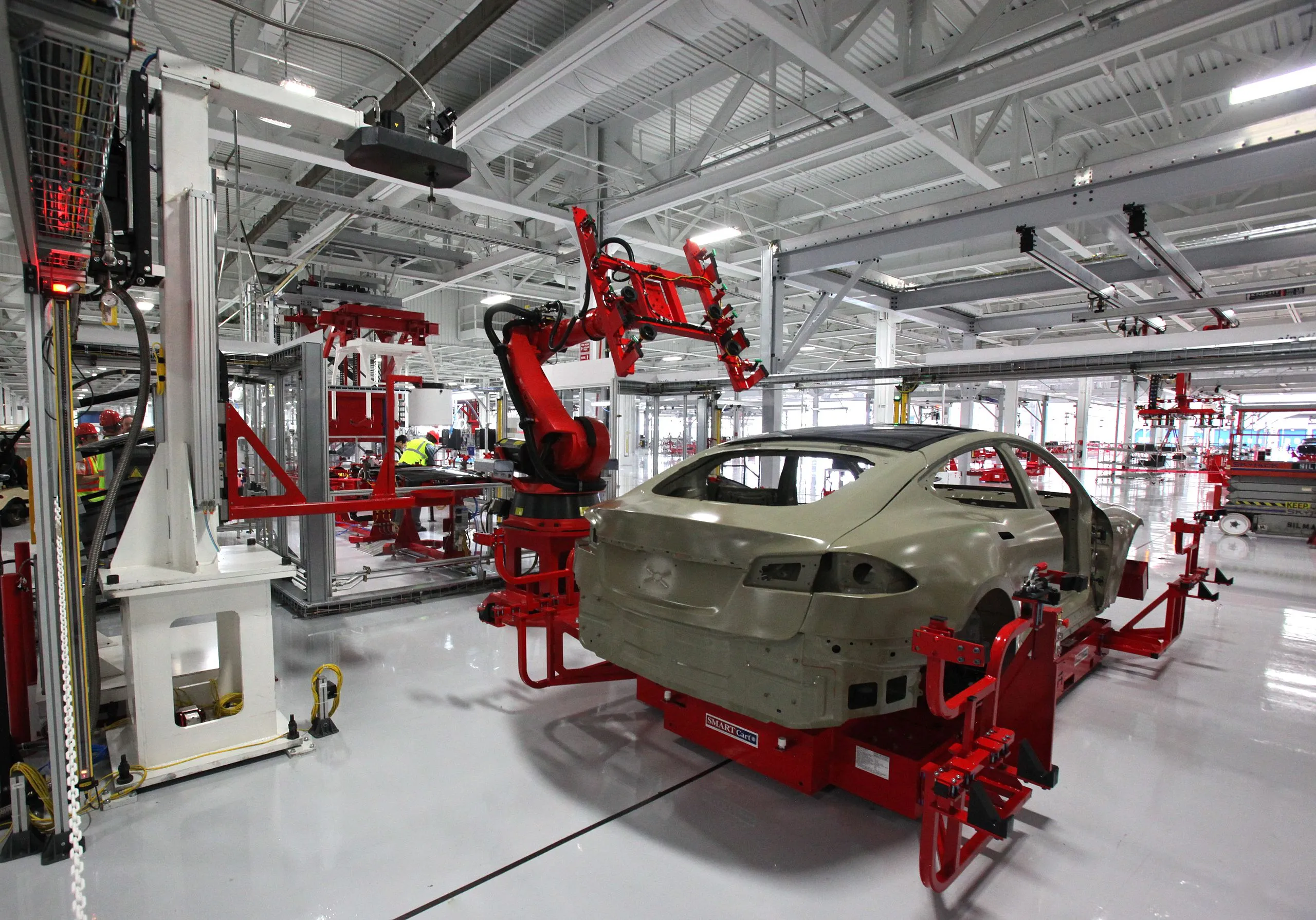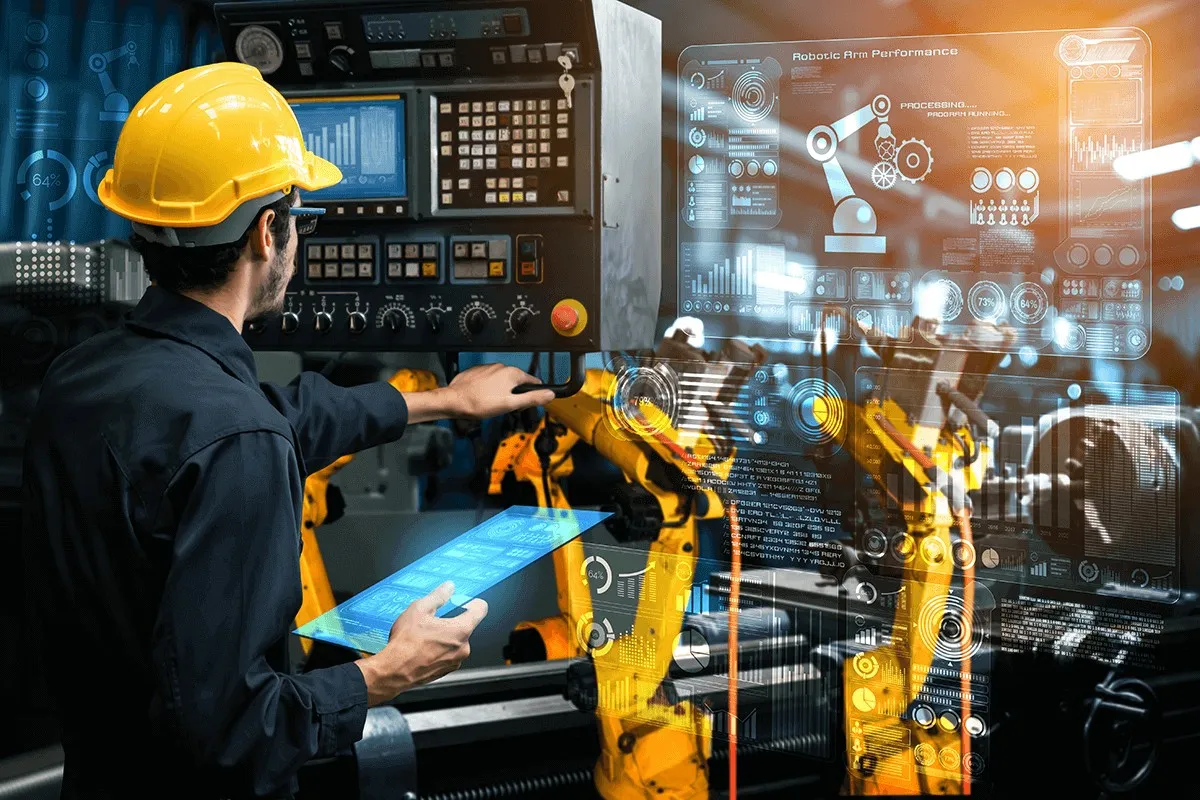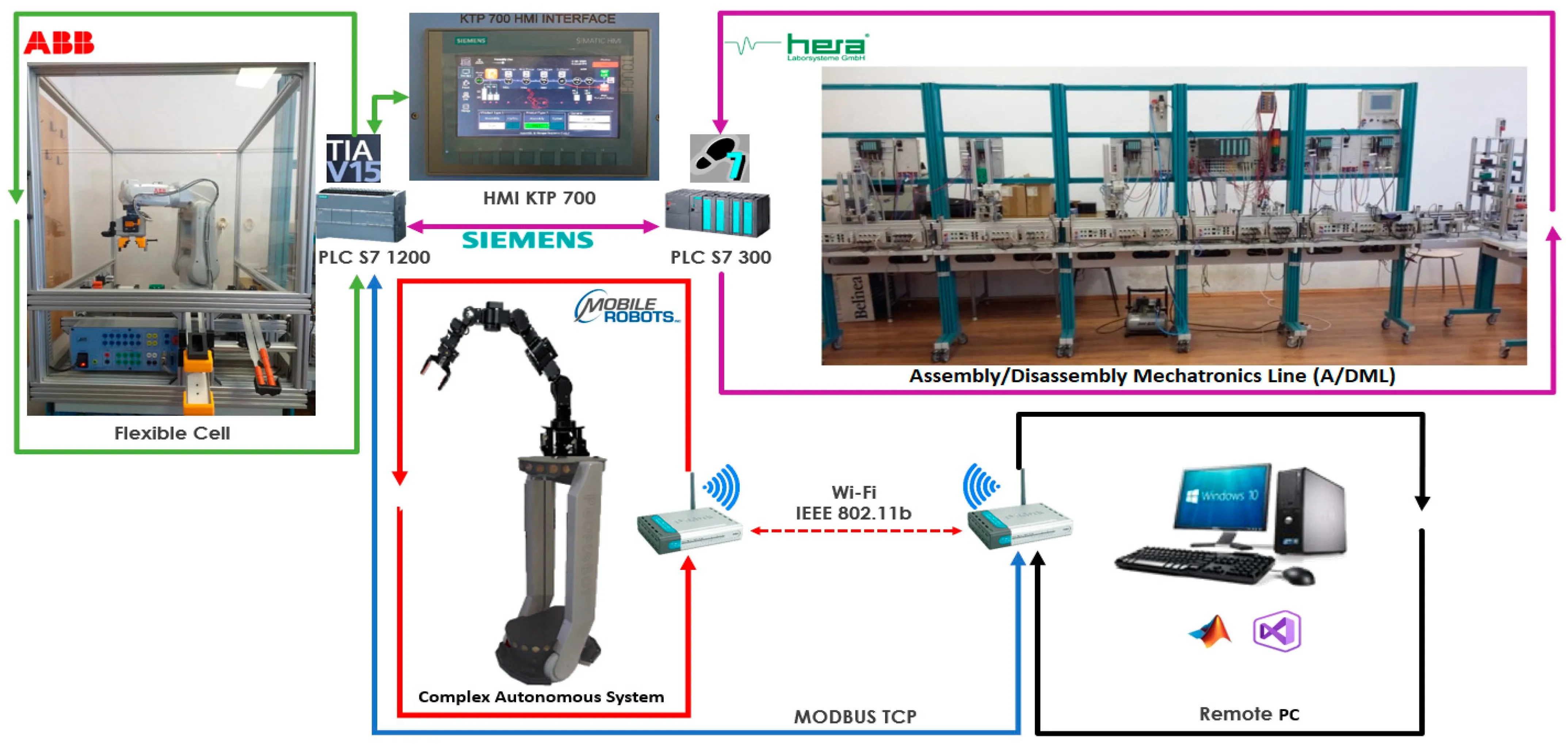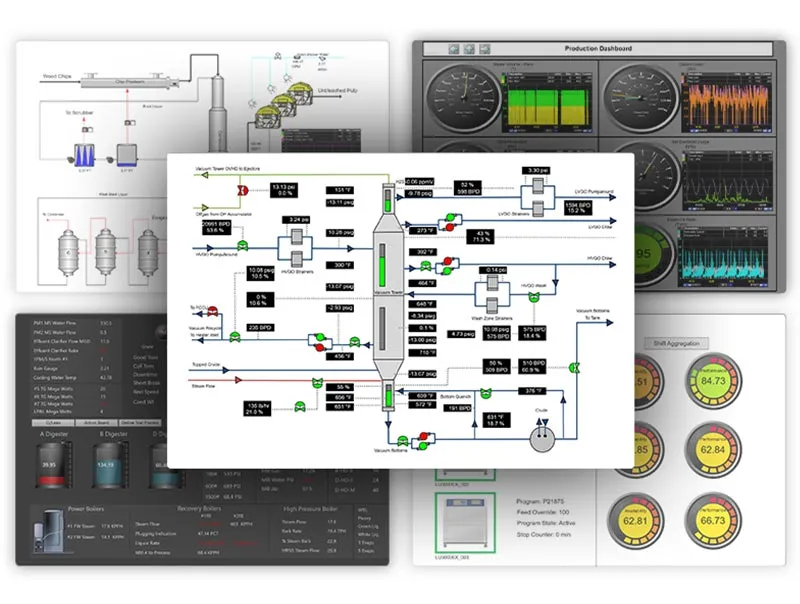
The 4 Fundamental Types of Automation Systems: A Comprehensive Guide
In the modern industrial and technological landscape, automation is the cornerstone of efficiency, precision, and scalability. Automation systems are designed to control machinery and processes with minimal human intervention. Broadly, these systems can be categorized into four distinct types, each serving different levels of complexity and application domains. Understanding these categories is crucial for selecting the right technology for manufacturing, logistics, and even office environments.
1. Fixed Automation (Hard Automation)
Fixed automation, also known as hard automation, refers to a system where the sequence of processing or assembly operations is fixed by the equipment configuration. These systems are characterized by high initial investment and high production rates. They are designed to perform a single, repetitive task with extreme efficiency and are not easily adaptable to changes in product design.
Key Characteristics:
- High initial investment for custom-engineered equipment.
- Extremely high production rates and low cost per unit.
- Inflexible; difficult to accommodate product changes.
- Ideal for mass production of standardized goods.
Common Examples: Automated assembly lines in the automotive industry, chemical processing plants, and material conveyor systems.

2. Programmable Automation
Programmable automation systems are used for batch production. The equipment is designed to be reprogrammed to accommodate different product configurations or operation sequences. A new program can be loaded for each new batch, allowing for more flexibility than fixed automation. However, this changeover involves downtime for reprogramming and setup.
Key Characteristics:
- Suited for batch production of low-to-medium volume.
- Ability to change operation sequence through reprogramming.
- Non-productive time incurred during changeover between batches.
- Lower production rates compared to fixed automation for a single product.
Common Examples: Numerically Controlled (NC) machine tools, industrial robots used for various tasks like painting or welding different parts, and programmable logic controllers (PLCs) in manufacturing.

Comparison: Fixed vs. Programmable Automation
| Feature | Fixed Automation | Programmable Automation |
|---|---|---|
| Flexibility | Very Low | Medium |
| Initial Investment | Very High | High |
| Production Volume | Very High (Mass Production) | Medium (Batch Production) |
| Product Variety | Low (Single Product) | Medium (Multiple Products) |
3. Flexible Automation (Soft Automation)
Flexible automation is an extension of programmable automation but is designed to minimize the changeover time between different products. In a flexible system, a variety of products can be manufactured with virtually no downtime for setup or reprogramming. This is achieved through sophisticated computer control that can quickly switch between pre-programmed instructions.
Key Characteristics:
- High flexibility to handle product variety.
- Minimal lost production time during changeover.
- Continuous production of different mixtures of products.
- Requires a higher level of software and sensor integration.
Common Examples: Flexible Manufacturing Systems (FMS), automated guided vehicles (AGVs) in warehouses, and robotic systems that can be quickly reconfigured for different tasks.

4. Integrated Automation
Integrated automation represents the highest level of automation, where the entire production process is controlled by a centralized computer system without any human intervention on the shop floor. It involves the complete integration of all systems—design, planning, production, and control—into a seamless workflow, often encapsulated by concepts like Computer Integrated Manufacturing (CIM).
Key Characteristics:
- Complete automation of the manufacturing process.
- Integration of business, engineering, and production functions.
- Real-time data collection and control across the entire enterprise.
- Extremely high capital investment and complexity.
Common Examples: Fully automated "lights-out" factories, advanced CIM systems that integrate CAD (Computer-Aided Design) and CAM (Computer-Aided Manufacturing), and smart factories within the Industry 4.0 framework.

Evolution and Application Spectrum of Automation Systems
| Automation Type | Flexibility | Typical Application | Relative Cost |
|---|---|---|---|
| Fixed Automation | Low | Mass Production (e.g., Automobiles) | High (per system) |
| Programmable Automation | Medium | Batch Production (e.g., Machinery) | Medium-High |
| Flexible Automation | High | Mixed Production (e.g., Electronics) | High |
| Integrated Automation | Very High | End-to-End Production (e.g., Smart Factories) | Very High |
Conclusion
The choice of automation system depends heavily on the production volume, product variety, and required flexibility. Fixed automation offers unbeatable efficiency for single-product mass production, while programmable and flexible automation provide the adaptability needed for diverse product lines. Integrated automation represents the future, creating fully connected and intelligent production environments. As technology advances, the lines between these types are blurring, with modern systems often incorporating elements from multiple categories to achieve optimal performance.
